From BIG to David Chipperfield, Frank Gehry to Snøhetta: a world tour of the best buildings set to open in 2026
A new era for the Museum of Italian Design: archive documents aplenty
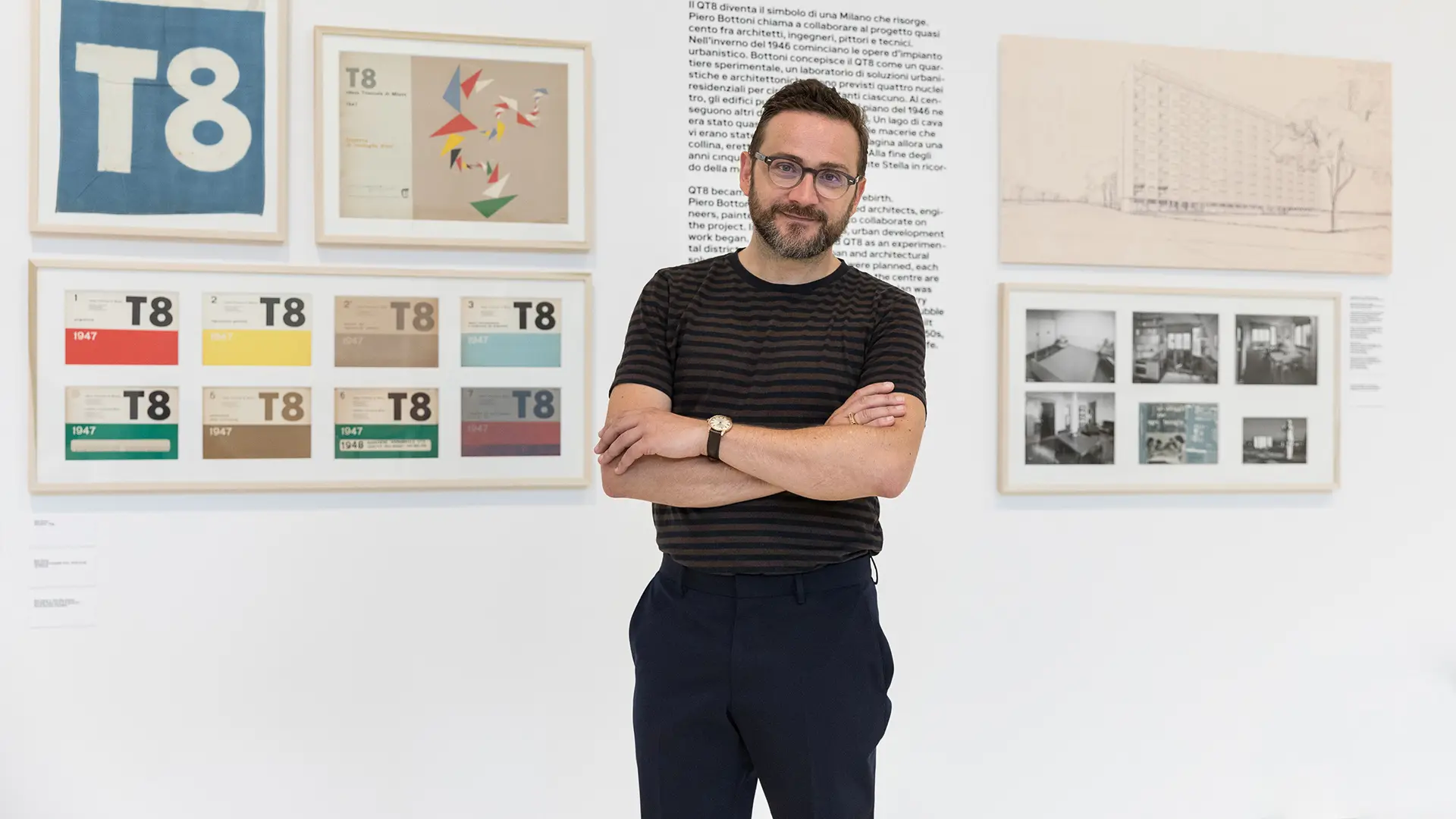
© Triennale Milano - Photo by Gianluca Di Ioia
New director Marco Sammicheli discusses “his” installation of the Triennale Milano permanent collection, which opens on 9th July: “No shortage of graphic material, photos or exhibition design.”
“Triennale is not a location, but an institution at the service of the city and the international community.” With this imperative in mind, Marco Sammicheli, Director of the Museum of Italian Design at Triennale Milano since December, worked on the new installation of the space, which opened in 2019 in the curve on the ground floor of the Palazzo dell’Arte by Giovanni Muzio, and which contains a selection of the 1,600 objects in the museum’s permanent collection. The “new” Design Museum will throw open its doors to the public on 9th July 2021 - with an exhibition project for the Salone del Mobile.Milano.
Sammicheli, 41, is also the curator of the design, fashion and craftsmanship section of Triennale, and has kept to the timeframe adopted by the previous director Joseph Grima, absolutely retaining some of the iconic pieces, but doing away with his minimalist, perhaps hermetic approach in favour of a decisive return to documentation, captions and the meaning of the history of an almost 100-year-old institution initially set up in Monza in 1923 as the International Exposition of Decorative Arts.
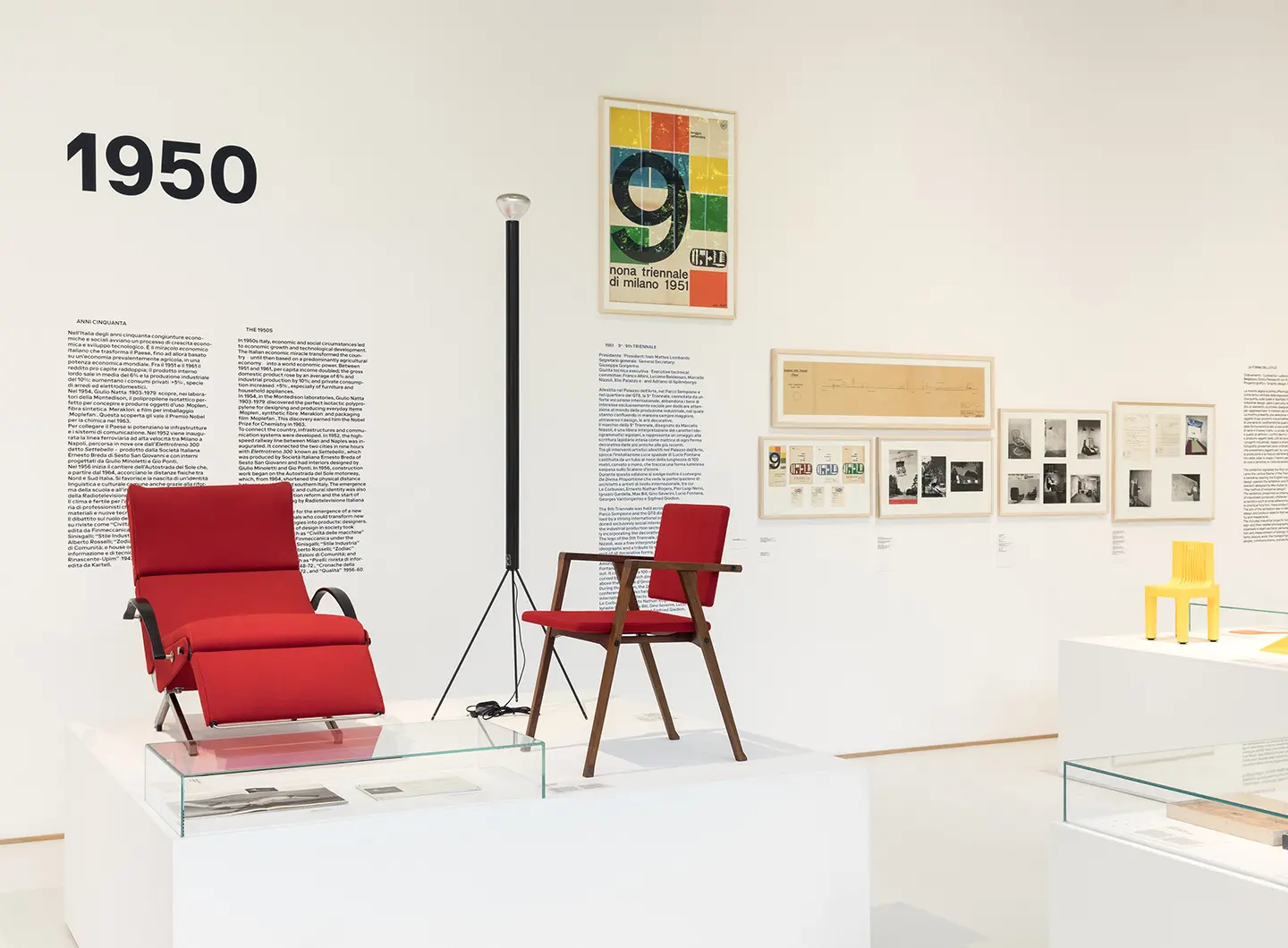
© Triennale Milano - Photo by Gianluca Di Ioia
The timeframe of 1946 to 1981 remains, with different focuses on the inaugural stages in Monza in 1923 and the building of Muzio’s Palazzo dell’Arte in 1933, insights into graphic design, textiles, exhibition and automotive design and the part played by the protagonists on the international scene. The layout has been made more accessible and is arranged by decade. The star items remain, but they are more contextualised. The story of the Triennali, the shows and the most important exhibition activities are showcased on the walls. The plinths are used for devices – with the objects also seen through documents and photographs. Things that are now in the museum that were once part of people’s daily lives.
Yes, generally speaking there will be new space for graphics, photos, exhibition design. They are all findings, shared heritage preserved in the Triennale archives, which I will delve into and obviously make a selection from. The aim is to come up with a series of tools for understanding issues that have built the history of design, like changes of ownership, formal evolutions, achievements with new materials. In fact, we are working on the digitisation of the archives and systemising everything that comes into Triennale. It’s a commitment that will also include dedicated study days.
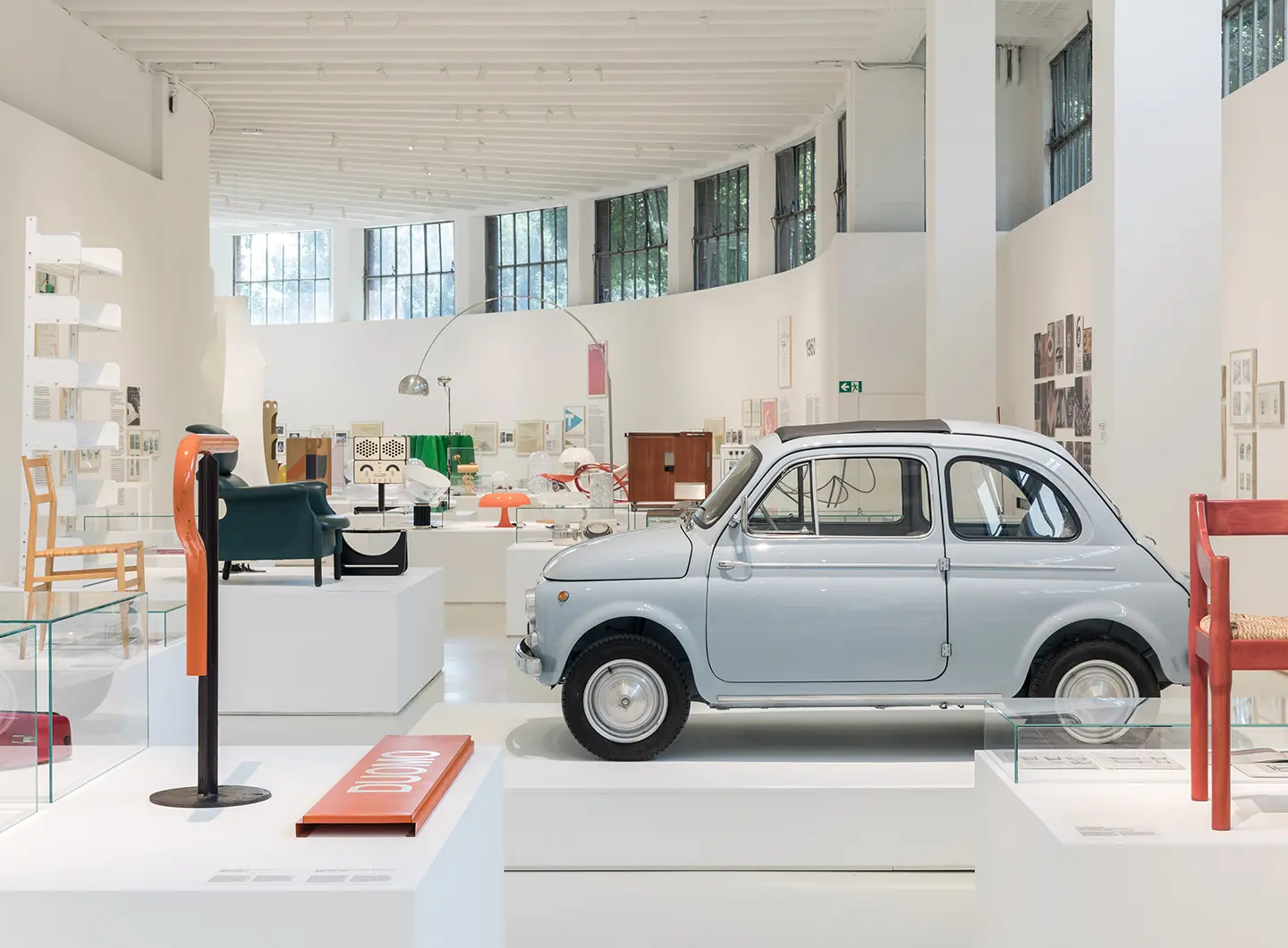
© Triennale Milano - Photo by Gianluca Di Ioia
There’s a saying that ‘others are part of history, but it is we who make history.’ Material culture as a whole chose the Triennale as the opportunity to show the latest technological, formal and furnishing developments to the world. Until the Seventies, this was the place to exhibit design. When the Salone del Mobile came along, the commercial side exploded, as it were, and the task of exhibiting, narrating and fuelling interchange was shared with the fair. Triennale was a material and conceptual crossroads, driven by the forces of art and society. However the Salone remained a fundamental connection and we want to bring it into the museum, with a chronology of documents on its genesis from 1961 to 1981.
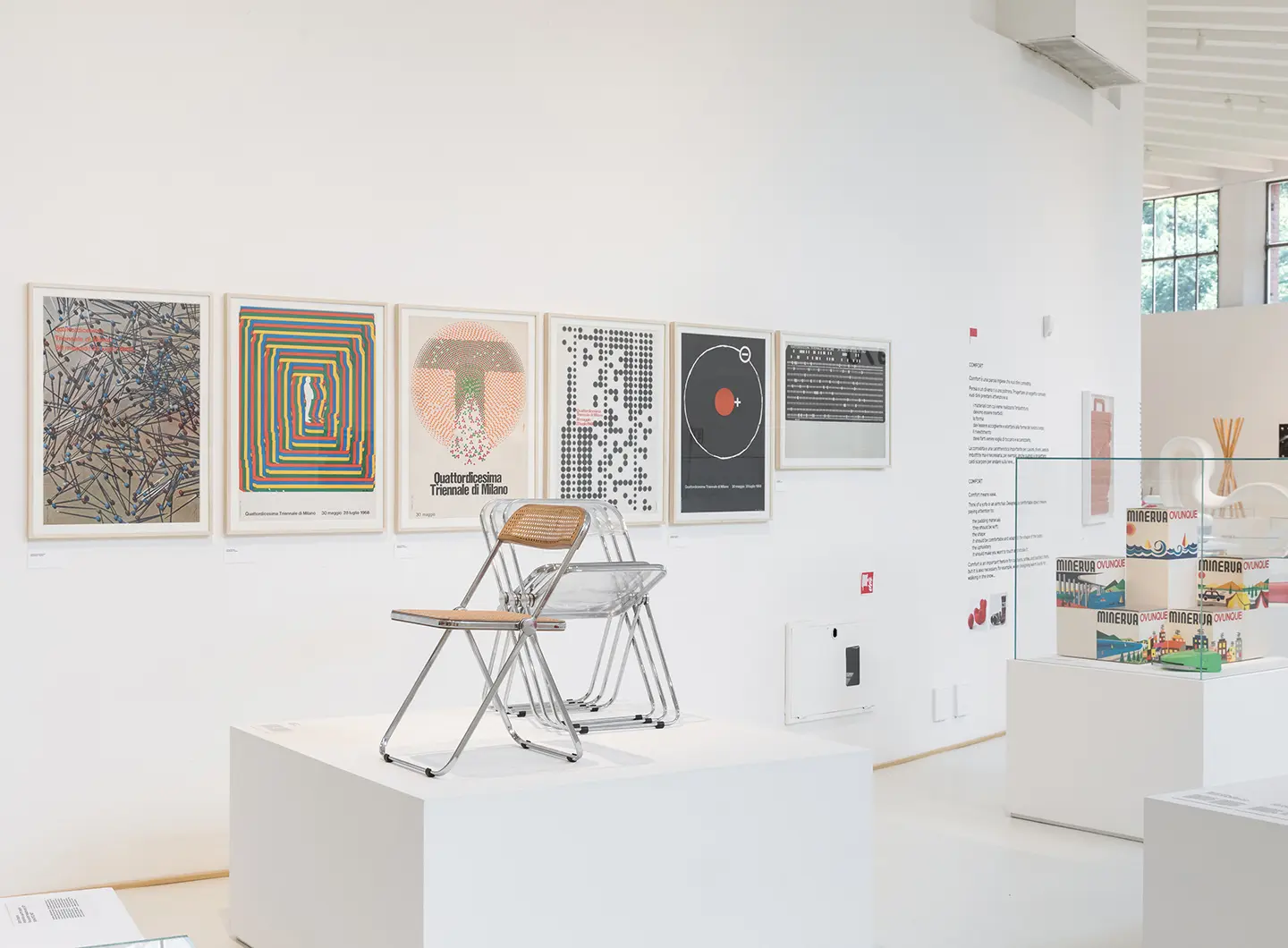
© Triennale Milano - Photo by Gianluca Di Ioia
We just want to do our bit – we’re an institution devoted to active design in a city that has built the history of this sector, and which hosts the fair, set up exactly 60 years ago as it happens. While it’s on, we will be offering Milan an exhibition on Vico Magistretti, the postponed one on Enzo Mari and a new one that will be inaugurated in September on Carlo Mollino, for which we are the first public museum to be allowed a large part of the furnishings of Casa Albonico in Turin on loan from the Soprintendenza. Then on the first floor there will be a large exhibition production mounted in collaboration with the Salone, which will see Triennale become the civic hub of the event.
We’ve opened a section of the Design Museum at Linate Airport with a view to reaching out to different audiences. We have reached strategic agreements with archives and private people for implementing the collection and carrying out research. The archives include those of Ettore Sottsass and Pietro Lingeri, The AIAP Graphic Design Documentation Centre, the Cirulli Foundation in Bologna, the Salone del Mobile.Milano archive and the Angelo Mangiarotti Foundation.
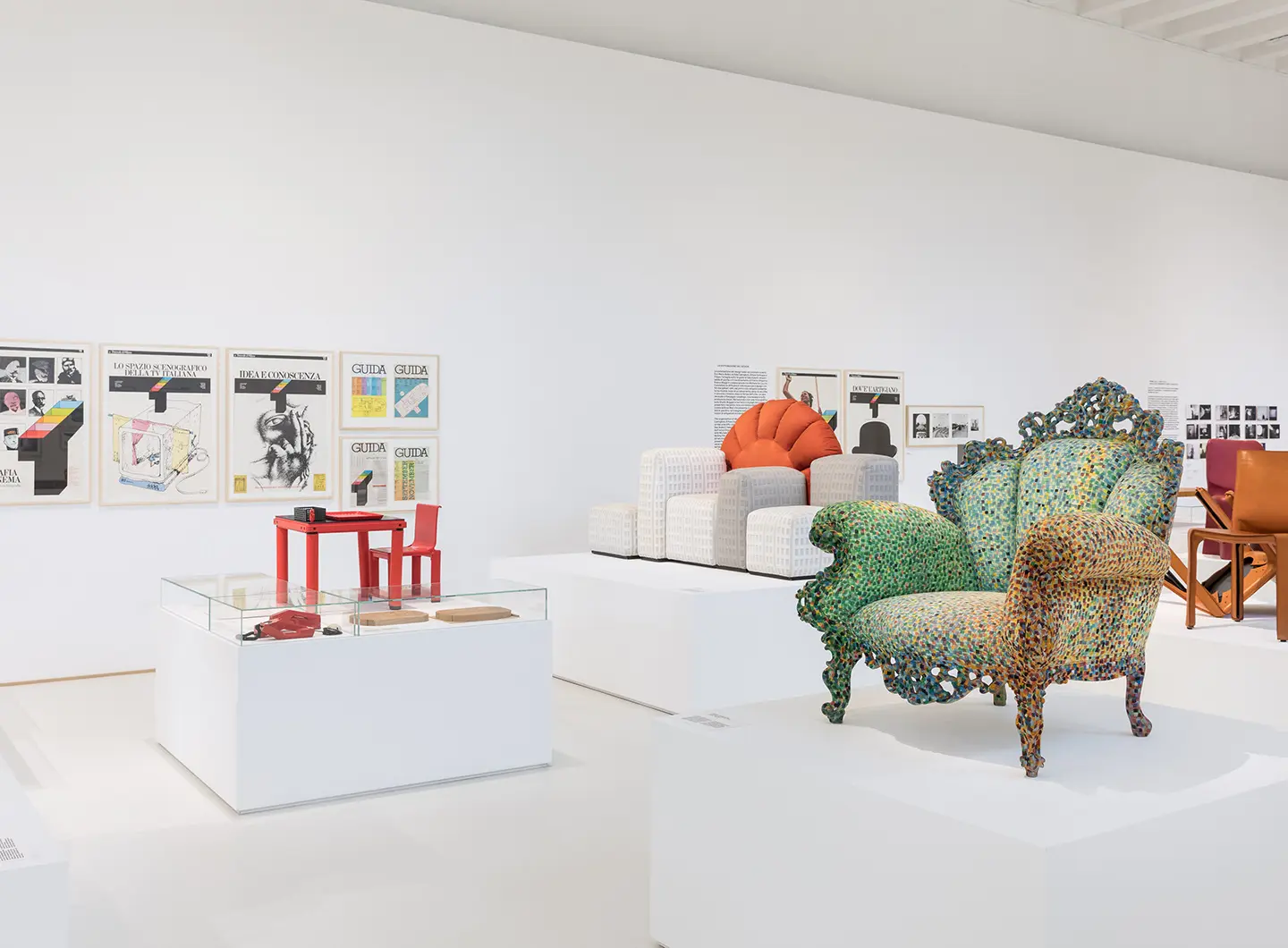
© Triennale Milano - Photo by Gianluca Di Ioia
Triennale was the first institution to respond to the NEB New European Bauhaus project, channelling the internationalisation that our role requires. For Milan we are working with a group that includes the Polytechnic, MEET, the Milan Foundation, the Bocconi University, the Catholic University and the Italia Sociale Foundation to rethink the city with a careful eye to NEB issues. Then there are the activities leading up to the 23rd International Triennale di Milano Exhibition: Unknown Unknowns. An Introduction to Mysteries, from 20th May to 20th November 2022. The episodes of David Plaisant’s podcast From the Moon are another step in the same direction, for instance. The Museum will put together a dedicated exhibition project focusing on the period 1964-1996.
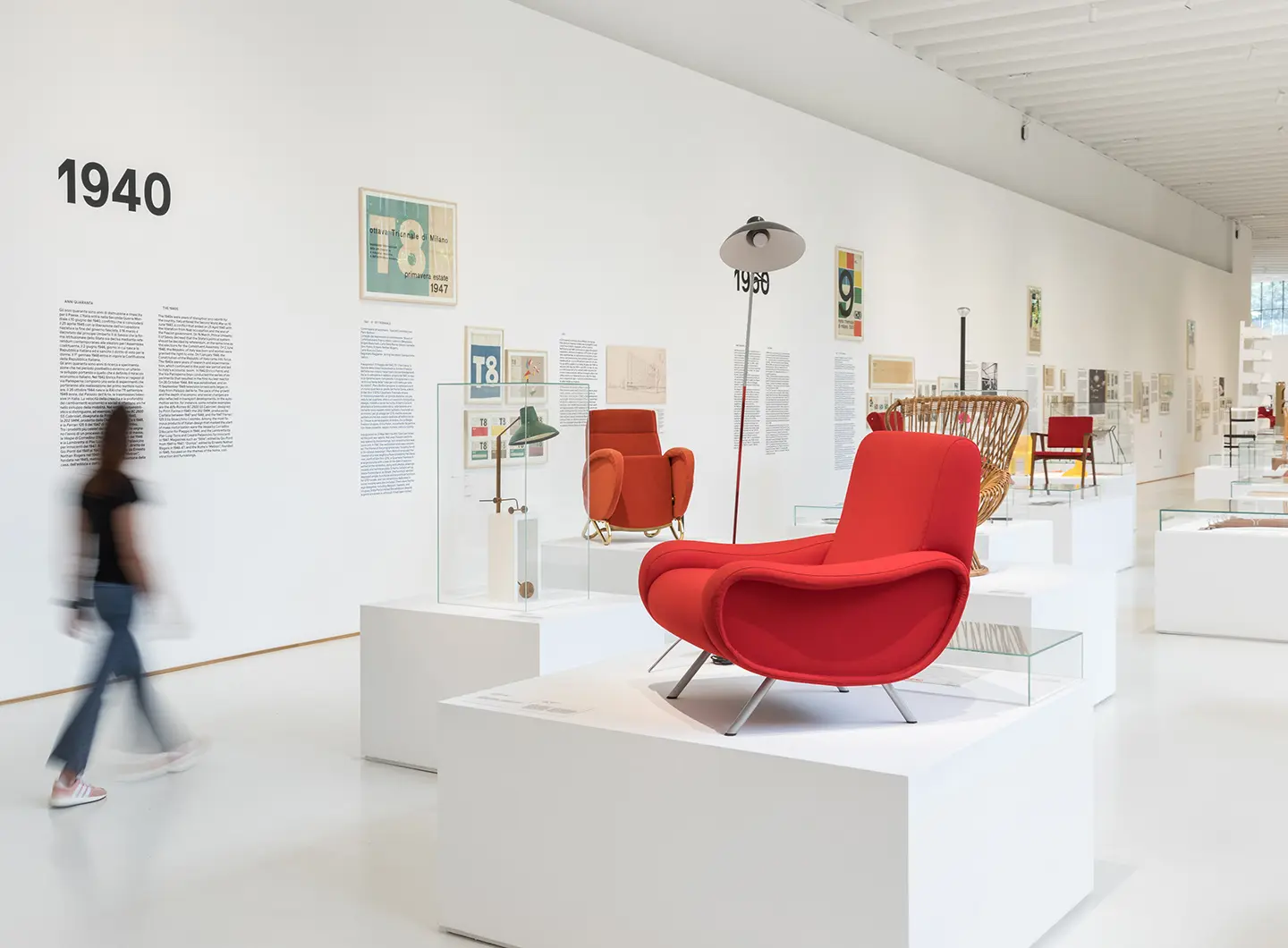
© Triennale Milano - Photo by Gianluca Di Ioia
It was a time when I most felt an urgent need to recapture the public’s attention on one hand and the need to turn a museum of material culture like our own into a focal point for debate, reflection and exhibition. For the good of the design community, a place for them to meet and discuss the present and plan the future. Especially, though, to carry out a public function, because it’s our duty – now more than ever, perhaps, in the wake of the pandemic – to be a tool for the city.


 Stories
Stories








